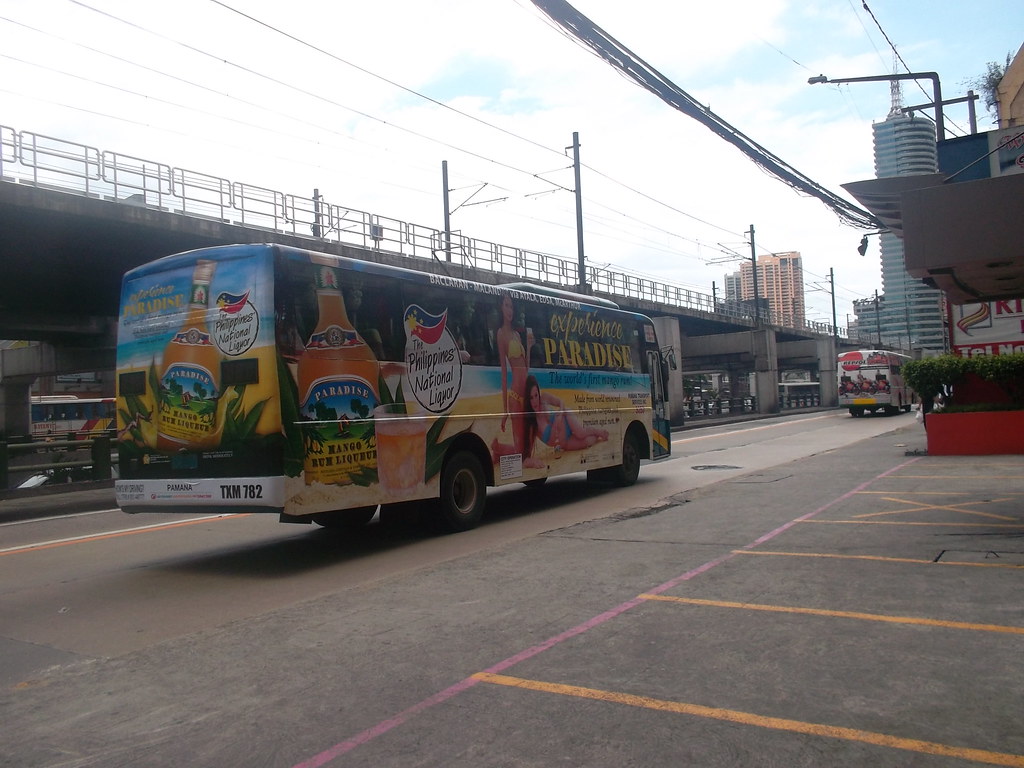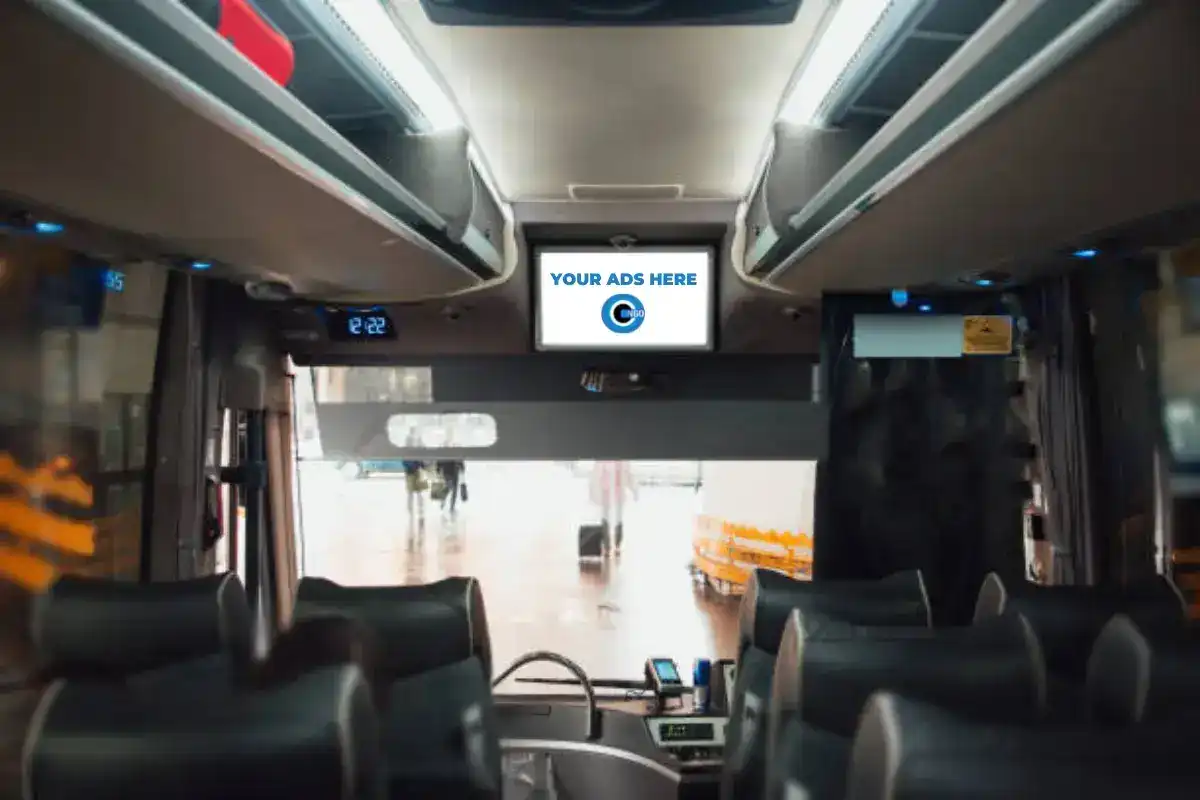Increase Brand Name Get To with Transit Advertising Philippines
Increase Brand Name Get To with Transit Advertising Philippines
Blog Article
Exactly How Transit Advertising Can Change Public Transport Spaces Into Dynamic Advertising Operatings Systems
Transit marketing holds substantial capacity to redefine mass transit spaces right into vibrant marketing systems that inform and engage. By making use of innovative styles such as electronic displays and interactive booths, brand names can not only reach a varied target market however additionally boost the total commuter experience. This technique develops a special chance for brands to get in touch with customers in a setup that is typically neglected. As we discover the diverse benefits and developing approaches of transportation advertising and marketing, it elevates the inquiry of exactly how this change could redefine our interactions with both brand names and the city environment.
Benefits of Transit Advertising

Additionally, transportation marketing is highly cost-effective contrasted to standard media. It allows marketers to accomplish high perceptions at lower prices, making best use of return on financial investment. The captive target market of commuters gives a chance for brands to communicate their messages to individuals that are typically receptive throughout their travel times.
In addition, the vibrant nature of transportation marketing allows projects to be updated often, guaranteeing that messaging continues to be relevant and prompt. This flexibility can be essential in reacting to market trends or advertising events, keeping the brand name top-of-mind for consumers. Finally, the prevalent existence of transportation advertising adds to brand name recall; repeated exposure within acquainted travel contexts strengthens brand recognition and cultivates consumer loyalty, inevitably boosting and driving sales brand name online reputation.
Kinds of Transit Advertising
Public transportation systems give numerous formats for advertising, each accommodating different advertising and marketing strategies and target market interaction methods. One prominent type is exterior bus and train wraps, which cover the whole vehicle and create a mobile billboard effect, permitting high visibility in metropolitan atmospheres. These wraps can capture attention as they traverse hectic roads, getting to a diverse target market.
Another popular layout is indoor advertising and marketing, that includes posters, digital screens, and advertisements on transit seats. These placements involve travelers during their journey, enhancing brand name messaging in a confined space. Digital presents, specifically, provide the advantage of vibrant material, enabling marketers to upgrade messages in real-time.
Station advertising is additionally considerable, featuring posters, banners, and interactive kiosks within transportation terminals. These ads leverage foot web traffic and can target particular demographics based on location.
Last but not least, advertising collaborations with transit authorities can lead to special projects, such as themed transit experiences or events, improving the general interaction with commuters. Each type of transit advertising and marketing supplies distinctive benefits, enabling brands to tailor their approach to effectively reach their target market within the general public transportation environment.
Involving Travelers Properly
Travelers are progressively inundated with advertising messages throughout their day-to-day journeys, making it essential for brand names to involve them in ingenious means. To capture interest in this jampacked area, marketers must prioritize creative thinking and significance. Making use of captivating visuals and succinct messaging can significantly improve the likelihood of interaction.
Interactive aspects, such as QR codes or increased reality features, can additionally change static advertisements into immersive experiences, cultivating a deeper link with the target market. Brands must concentrate on attending to commuters' needs and rate of interests, tailoring messages to resonate with their way of life, whether via promos for local companies or services developed to enhance their commuting experience.
Moreover, timing plays an important function; strategically putting advertisements throughout height travelling hours look at this now can make the most of visibility and impact. Engaging commuters effectively also involves leveraging social media assimilation, permitting guests to share their experiences or promos directly from transit platforms, thereby enhancing brand reach.
Essentially, reliable involvement hinges on comprehending the commuter journey and developing engaging, interactive, and appropriate advertising experiences that not just catch interest however also drive activity and commitment. By doing so, brands can transform public transport into a dynamic advertising and marketing system that resonates with its target market.

Measuring Advertising Impact
Just how can brand names accurately assess the performance of their marketing campaigns en route atmospheres? Measuring the effect of transit advertising and marketing calls for a complex method that combines qualitative and quantitative metrics. One widespread technique is tracking engagement via mobile analytics, where brand names can analyze foot website traffic patterns and app interactions previously, during, and after projects.
Studies can give useful insights right into brand recall and customer belief, enabling brands to determine exactly how well their messages reverberate with commuters. In addition, keeping an eye on social media interaction pertaining to certain campaigns can disclose shifts in public understanding and brand name discussion.

Moreover, teaming up with transit companies can improve dimension accuracy, as they frequently have detailed market information on ridership trends. By integrating these approaches, brands can establish a thorough understanding of their advertising effectiveness, making sure that their projects not just get to but also impact their target audiences efficiently.
Future Patterns en route Advertising And Marketing
A substantial change is prepared for in transit marketing as technical innovations and altering consumer behaviors improve the landscape. Transit Advertising Philippines. The integration of electronic screens and interactive media is expected to boost interaction, permitting brands check my source to deliver vibrant content that resonates with diverse audiences. As public transport systems embrace clever modern technology, advertisers will utilize real-time information analytics to customize messages based on guest demographics and behaviors
Additionally, enhanced truth (AR) is positioned to change the way commuters connect with promotions. By supplying immersive experiences, AR can change a mundane journey into an engaging narrative that records interest and promotes brand name commitment. This development will likely motivate marketers to produce even more experiential campaigns that drive consumer communication.
Sustainability is an additional essential trend influencing transportation advertising and marketing. As environmental consciousness expands, brands will increasingly look for to align with green methods, making use of sustainable products and promoting eco-friendly campaigns within their campaigns.
Verdict
Finally, transportation advertising uses significant benefits by boosting brand exposure and involving a captive audience. Via various styles, such as advice outside wraps and digital displays, it changes mass transit into a vivid advertising platform. Reliable engagement techniques and durable dimension techniques even more magnify its influence. As trends develop, the possibility for cutting-edge interactions between travelers and brand names is positioned to grow, guaranteeing that transportation advertising and marketing continues to be a vital component of contemporary advertising and marketing strategies.
Transportation advertising and marketing holds substantial potential to redefine public transport rooms right into vibrant advertising and marketing systems that involve and educate. The pervasive presence of transportation advertising and marketing adds to brand recall; repeated exposure within acquainted traveling contexts enhances brand name understanding and promotes consumer loyalty, ultimately improving and driving sales brand track record.
Exactly how can brand names accurately evaluate the effectiveness of their advertising campaigns in transportation settings?In final thought, transportation marketing offers substantial benefits by improving brand presence and involving a captive audience. Transit Advertising Philippines. As fads develop, the potential for cutting-edge interactions in between brand names and commuters is positioned to grow, guaranteeing that transportation advertising continues to be an important component of modern-day marketing strategies
Report this page